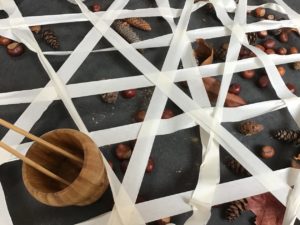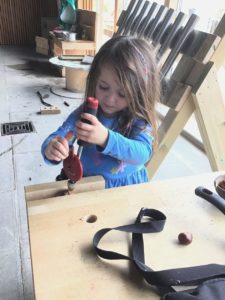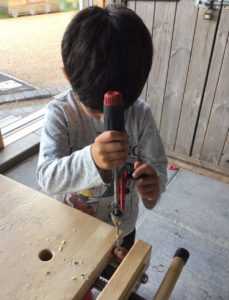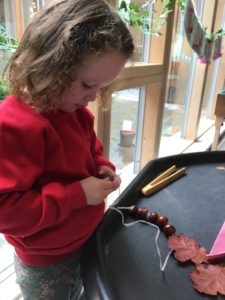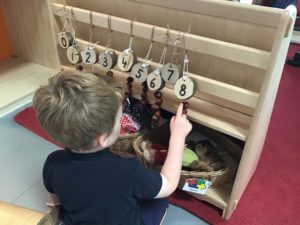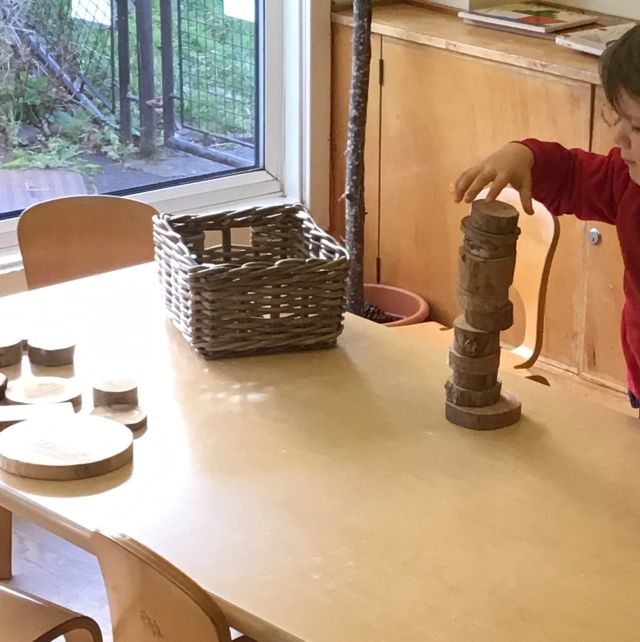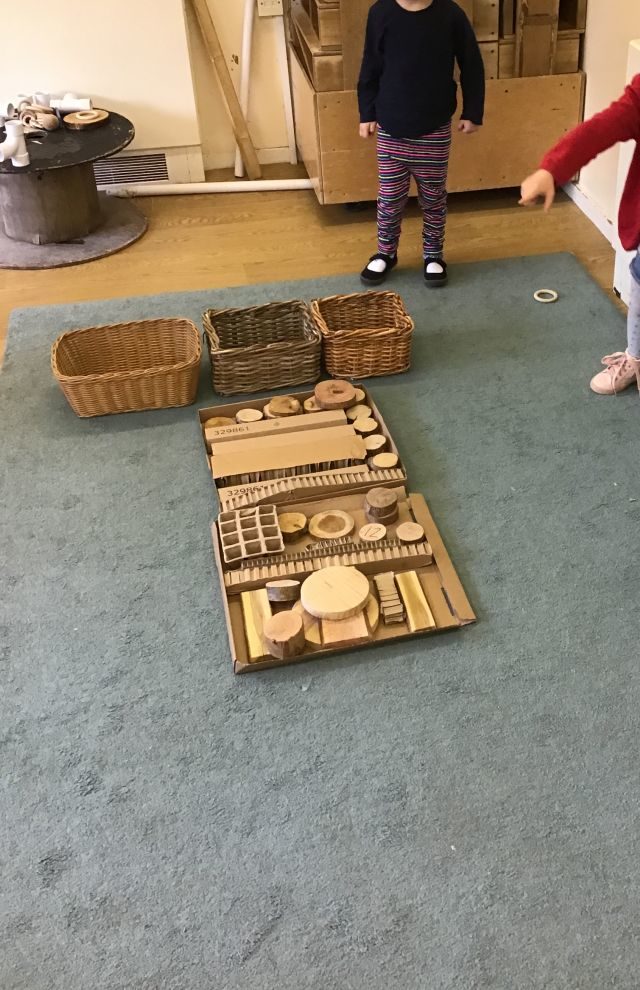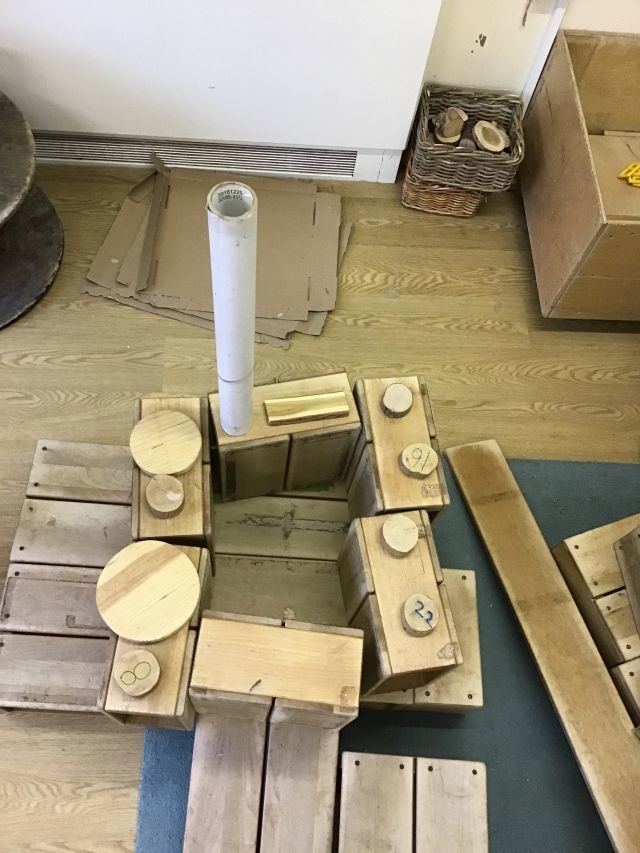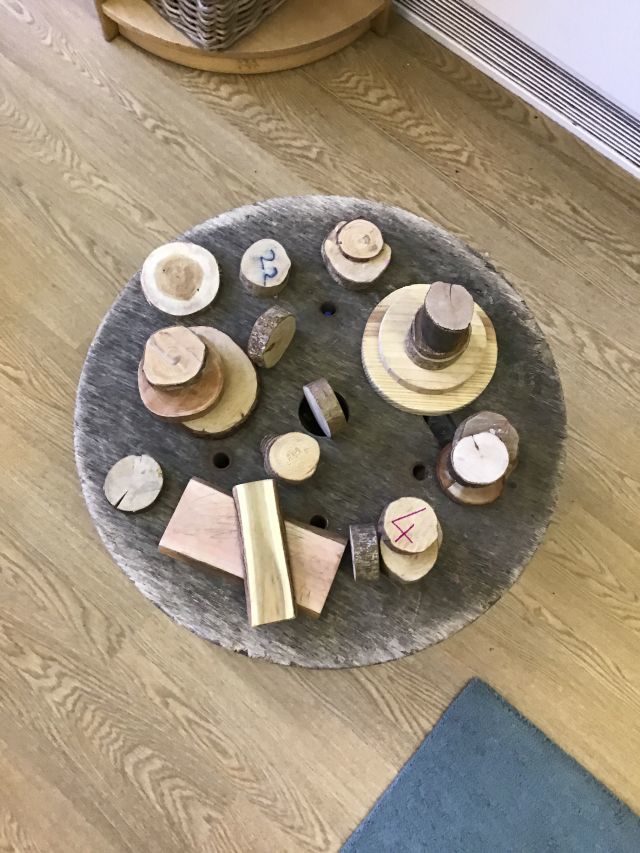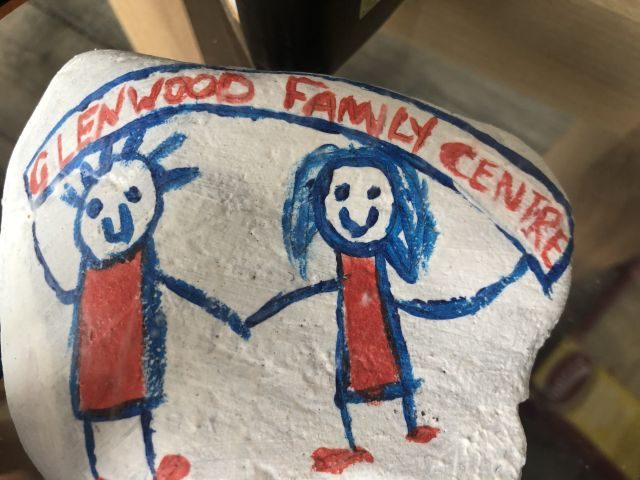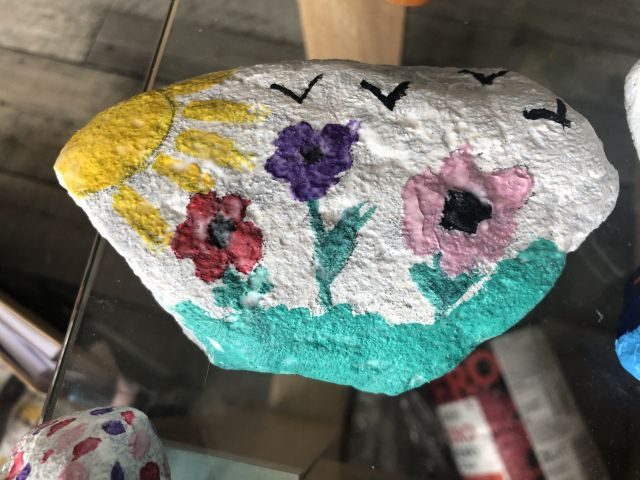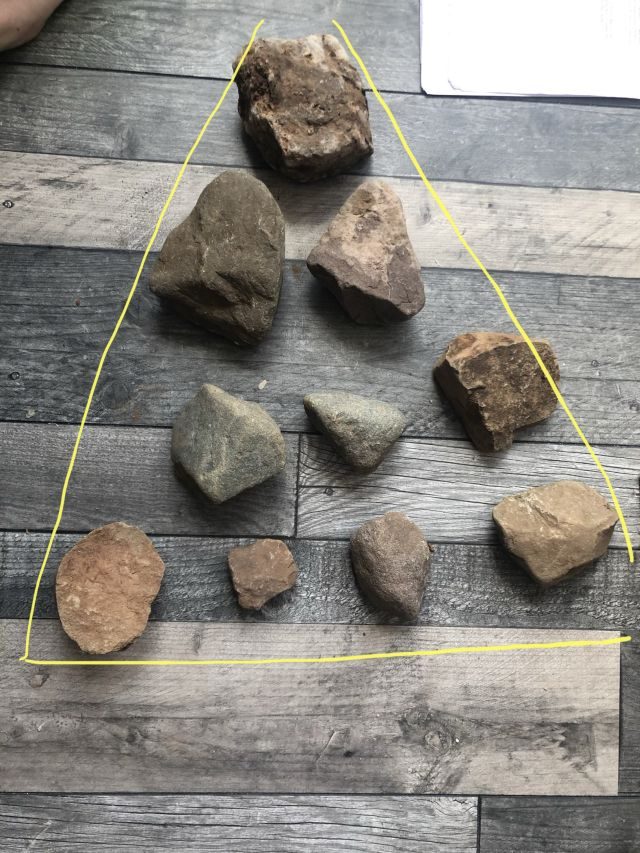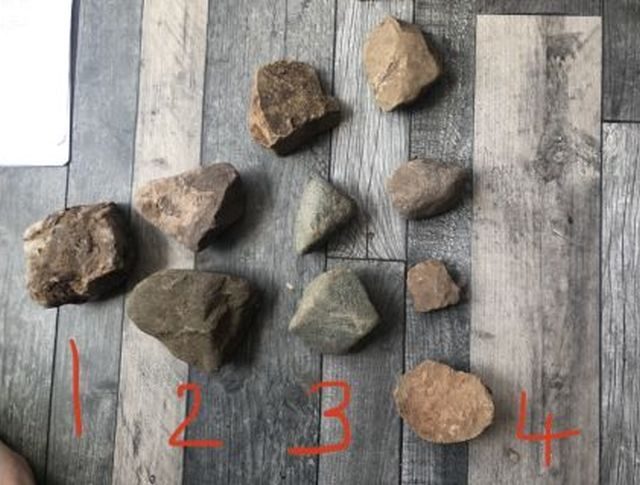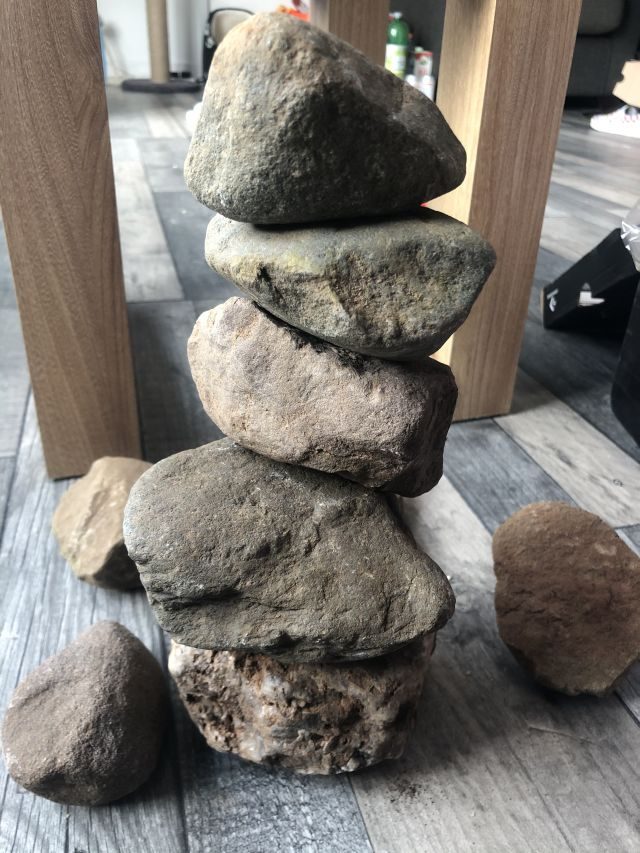While we always recognise the importance of parent-child interactions and playing together there are also many benefits to independent play. This can provide opportunity for children to problem-solve, experiment, use their initiative and develop their perseverance and independence. As parents right now you may be juggling working from home, helping other children with school work and other challenging situations. This blog has some suggestions of experiences where once set up, children will have the opportunity to play independently or with siblings.
Provocations are “invitations to play”. Setting up children’s toys a little differently might invite new found enthusiasm for old toys and encourage children to use them in new and inventive ways.
Playdough
Playdough takes around 10 minutes to make and can keep for weeks in an air-tight container. Playing with dough or clay develops children’s fine motor skills, sensory awareness, language skills, numeracy skills and imagination.
Quick Uncooked Playdough Recipe:
https://www.bbcgoodfood.com/howto/guide/playdough-recipe
Cooked Playdough Recipe (this is a slightly more complicated but keeps for longer):
https://www.thebestideasforkids.com/playdough-recipe/
There are many different things you could put out to use with playdough – rollers, cutters, safety knives, safety scissors, potato mashers, cake tins, bowls, jars, cupcake cases, candles, straws, stampers, pipe cleaners, matchsticks, lollipop sticks, leaves, flowers, sticks, stones…

 Den Building
Den Building
Den building helps to develop children problem-solving skills, motor skills, imagination and communication skills. It is a wonderful learning experience and so much fun to play in once constructed! To build a den you could use sheets, blankets, tables, chairs, sofas, pillows, clothes pegs, cardboard boxes. Once the den is built children could take in soft toys, dolls, books, puzzles, drawing materials, torches, a picnic…

Small World Play
Small world play develops imagination, creativity, language skills and problem-solving skills. Combine a selection of resources to create an exciting new world to explore. You could use cars, trains, toy people, animals, dinosaurs, fabric, scarves, cardboard boxes, masking tape, cardboard tubes…


Dressing Up Box
Role-play helps children to make sense of real-life situations, express their ideas and imagination and develop their language skills. The imagination of children can turn anything into a wonderful new costume. To create a dressing up box you could use hats, scarves, bangles, bags, shoes, mirrors…

Creation Station
This will develop children’s creativity, fine motor skills and literacy skills. You could use different colours and sizes of paper, old wallpaper, dry erase board, chalk board, old magazines to cut out, notebooks, post-it notes, felt tip pens, colouring pencils, crayons, junk modelling materials, glue, masking tape….

Mrs Ross created all of these provocations from things she found at home, each took no longer than 5 minutes to set up. Of course, this will take a bit more time if you are able to do together with your child but this will allow them to share their ideas with you and follow their interests. Remember they may have a different vision from you so follow their lead! We hope these give you some ideas for fun you can have both together and for your child to explore independently. Please share your ideas with your child’s friends by Tweeting @GlenwoodFC #Glenwoodlearningathome



